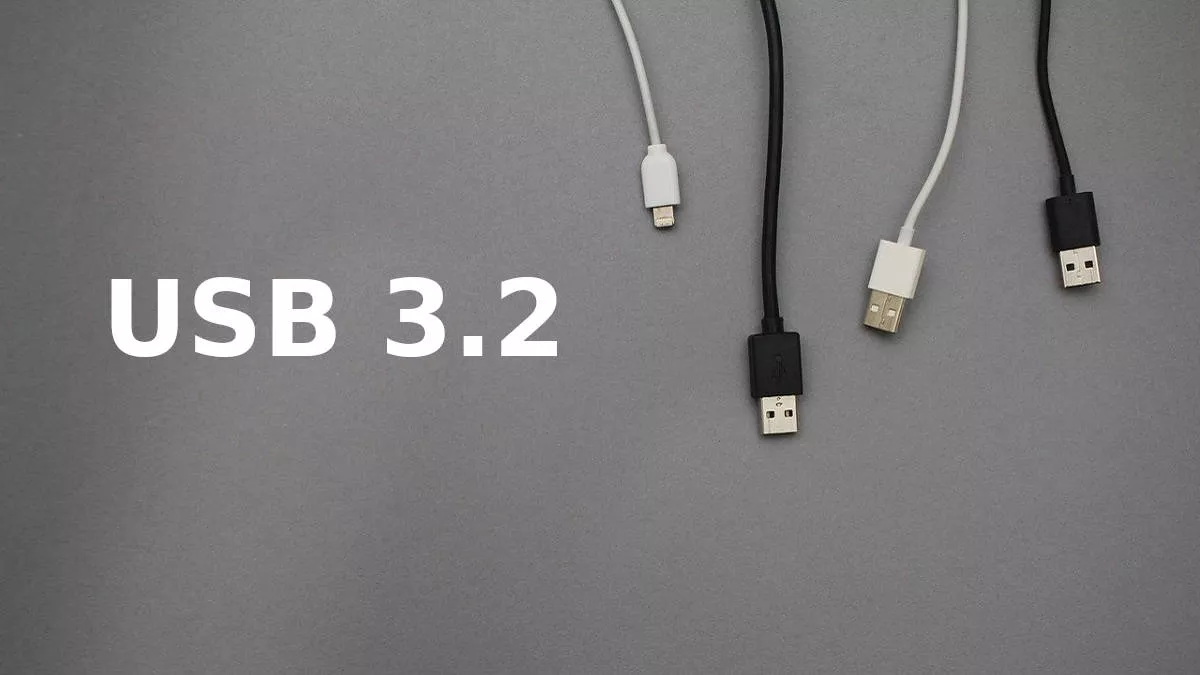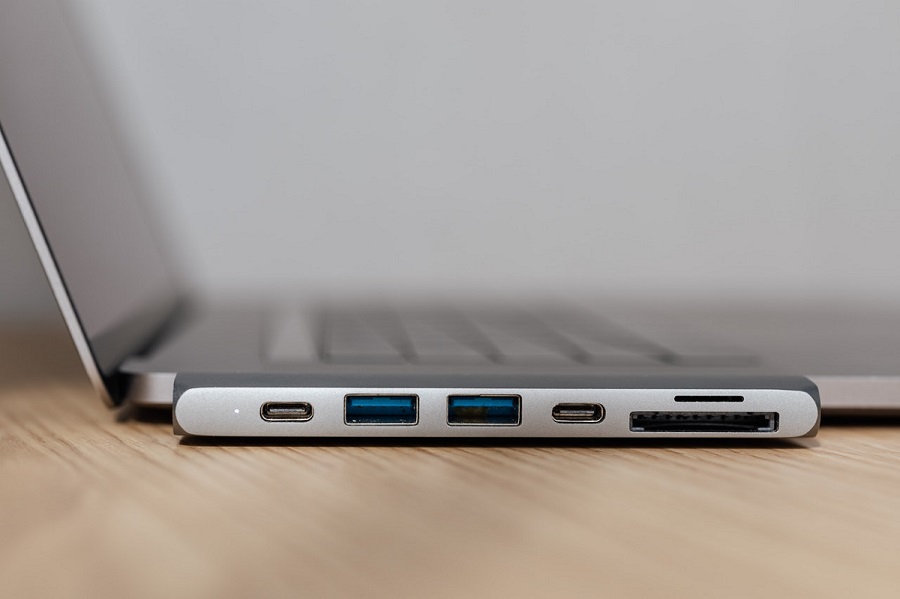What Is USB 3.2? How Fast Can It Transfer Data?

USB 3.2 is a standard for compatible ports and connectors, which defines how a connection between them would work. The USB Implementers Forum (USB-IF) announced this specification back in 2017. The second upgrade of the third major iteration (originally known as USB 3.0) of the Universal Serial Bus (USB) family.
This standard significantly improves transfer speed, which is technically double that of USB 3.1 Gen 2. Additionally, it also introduced a change in the naming scheme of the USB 3.0 lineup.
After its announcement, USB 3.0 became USB 3.2 Gen 1, USB 3.1 became USB 3.2 Gen 2, and USB 3.2 took on the moniker USB 3.2 Gen 2×2. Notably, a similar renaming happened when USB 3.1 launched as well.

USB 3.2 types
USB 3.2 Gen 1
It is a specification that offers up to 5Gbps transfer speed and hence, carries the “SuperSpeed USB” nickname. It is compatible with USB-A, USB-B, micro B, and USB-C connectors. The inaugural launch of the third-generation USB series was initially called the “USB 3.0” standard. Then, it became “USB 3.1 Gen 1” after the USB 3.1 standard came out.
USB 3.2 Gen 2
This version provides you with a transfer speed reaching 10Gbps. USB-A, USB-B, micro B, and USB-C constitute its group of compatible connectors. Moreover, USB-IF recommends the alias “SuperSpeed USB 10Gbps” for this standard. Before USB 3.2 rolled out, it was known as USB 3.1 Gen 2.
USB 3.2 Gen 2×2
This is a dual-lane specification, meaning that it is equivalent to the performance offered by Gen 2 twice over. Therefore, it gives you a transfer rate of 20Gbps (10Gbps+10Gbps). It is also marketed using the term “SuperSpeed USB 20Gbps.”
Moreover, all the USB mentioned above 3.2 types are backward compatible with USB 3.1, USB 3.0, and USB 2.0. A connector/port designed for these previous iterations will work with another connector/port meant for USB 3.2.
Read this if you want to know how USB-C, which widely works on the latest third-gen specification, stacks up against the lightning port.
If you like this simple explainer, check out our Short Bytes section. We take complex tech topics and break them into short, easy-to-understand articles.






